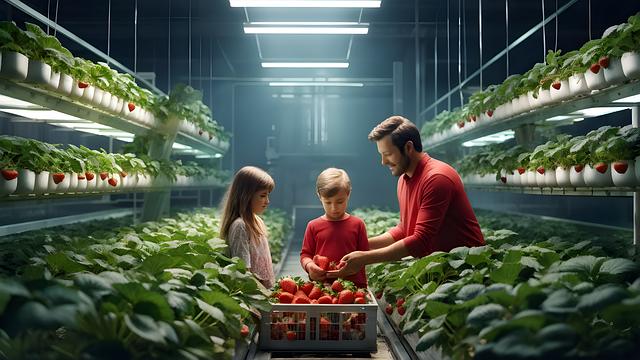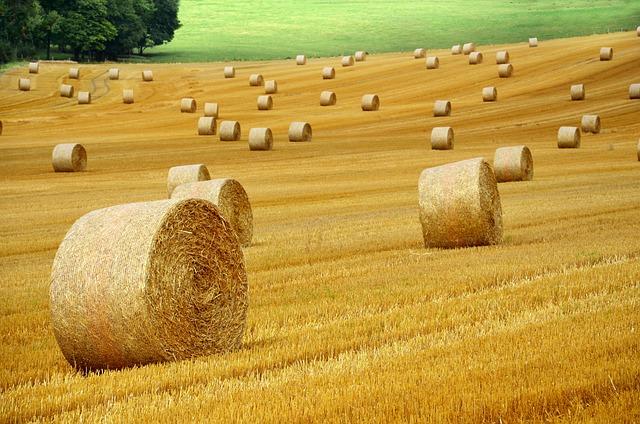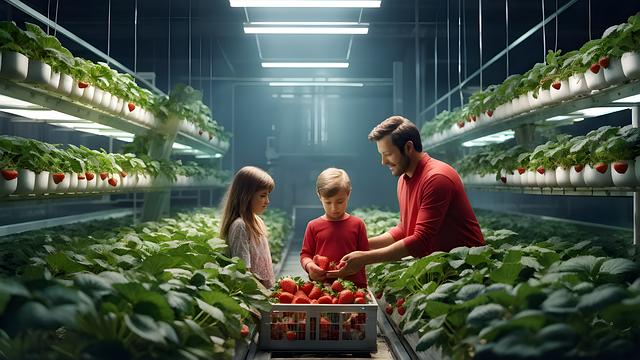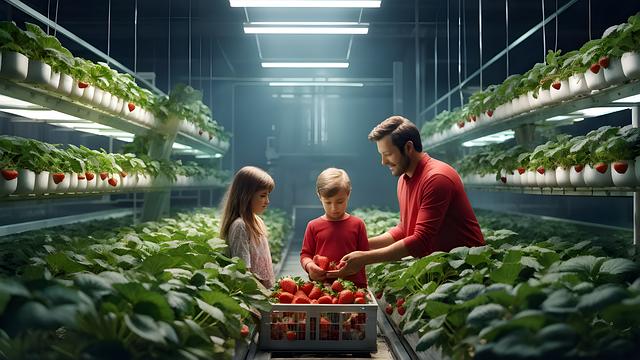- Introduction to Vertical Farming Tech
- How Vertical Farming Works
- Advantages of Vertical Farming
- Technologies Used in Vertical Farming
- Environmental Impact of Vertical Farming
- Conclusion
- FAQs
- References
Introduction to Vertical Farming Tech
Vertical farming represents a significant innovation in agricultural technology, enabling the production of crops in vertically-stacked layers, often indoors. This approach drastically reduces the dependency on horizontal farm space while utilizing advanced technologies such as artificial lighting, climate control, and sustainable irrigation systems.
In this blog post, we will explore the following areas: - How vertical farming works - Various advantages of using vertical farming methods - Technologies embedded in the vertical farming process - The environmental impact of vertical farming on society
By the end of this article, you will gain holistic insight into what makes vertical farming technology such an outstanding field of innovation.
How Vertical Farming Works

(Image: Pixabay/@tarasyasinski)
The concept behind vertical farming may sound futuristic, but it is becoming increasingly popular across the globe as the population grows and arable land diminishes. So, how does vertical farming work in practice? Fundamentally, vertical farming is based on growing crops in vertically-stacked layers, usually inside warehouses or other controlled environments.
Indoor vertical farms use a series of technologies—such as hydroponics or aeroponics—to replace traditional soil-based farming methods. Plants are cultivated under a sequence of nutrient-laden water systems, ensuring that they receive the required properties to support fast growth.
Artificial lights, frequently LED-based, mimic sunlight, allowing crops to grow 24/7 without relying on natural daylight. Additionally, since vertical farming takes place within controlled environments, climate conditions are adjusted for plants' optimal growing needs, allowing engineers to have full control over seasons, temperatures, humidity levels, and even CO2 intake.
These layers are placed on shelves, often supported by scaffolding and housing structures. Crops ranging from leafy greens like spinach and lettuce to fruits and herbs flourish in these stacked units. The ability to grow crops year-round and in urban centers makes vertical farming a viable solution to food scarcity and the issues posed by climate change.
Advantages of Vertical Farming

(Image: Pixabay/@ybernardi)
The rapid adoption of vertical farming in many urban landscapes is largely due to the myriad of advantages it offers. These benefits not only impact farmers but also cater directly to consumers and the environment. Here are some of the most notable advantages:
1. Space Efficiency: One of the key selling points of vertical farming systems is how efficiently they use space. The ability to grow more in less area allows for densification in urban environments where arable land is scarce.
2. Water Conservation: Traditional agriculture can be extremely water-intensive. Vertical farming techniques such as hydroponics and aeroponics reduce water usage by as much as 95% compared to conventional farming because the water is recirculated within closed-loop systems.
3. Reduced Pesticide Use: Since indoor farms operate in controlled settings, they don’t face the same pest pressures outdoor crops do. This means pesticides and herbicides are either eliminated entirely or drastically minimized.
4. Year-Round Crop Production: Vertical farms operate continuously, regardless of the season. This makes it possible to grow fresh produce all year long without waiting for favorable weather patterns or seasonal changes.
Technologies Used in Vertical Farming

(Image: Pixabay/@tarasyasinski)
A combination of sophisticated technologies is at the core of vertical farming's success. These tools automate processes and maximize efficiency, especially in urban settings where space and resources are more limited. Below are technologies critical to the functionality of vertical farming:
1. Hydroponics and Aeroponics: These are the most common crop cultivation techniques in vertical farming. Instead of traditional soil systems, they utilize a nutrient-rich water solution (hydroponics) or misting systems (aeroponics) that deliver nutrients directly to plant roots.
2. LED Lighting: Artificial light is necessary when farming indoors or in low-light regions. LED lighting systems simulate the wavelength necessary for photosynthesis, which also allows growers to enhance vegetation’s growth phase, yields, and even crop quality.
3. Automation & AI Monitoring: Vertical farming often relies on automation and AI-based sensors to track the state of plants, monitor resource consumption, adjust optimal growing conditions, and perform analytics on yield forecasts. Companies also embrace robots and drones for harvesting and monitoring large systems.
4. Climate Control Systems: Since vertical farms are independent of external weather conditions, tools like temperature controls, ventilations systems, and humidifiers ensure a steady climate suitable for different stages of plant growth from seedling to harvest.
Environmental Impact of Vertical Farming

(Image: Pixabay/@Ri_Ya)
Vertical farming holds immense promise regarding environmental sustainability. As the world works towards newer responses to climate change, vertical farming offers several eco-friendly solutions aimed at reducing carbon footprints associated with agriculture.
1. Decreased Land Use: Conventional agriculture tends to demand a great deal of arable land, contributing to deforestation and habitat destruction. With vertical farming, multiple crops can be stacked vertically in a smaller plot of land, thus conserving large areas of natural ecosystems.
2. Reduced Transportation Footprint: Urban-based vertical farms bring food production closer to city centers, cutting down the energy used for food transportation and reducing greenhouse gas emissions.
3. Lower Water Usage: As we touched on earlier, one of vertical farming's major environmental benefits is its highly efficient use of water—the reuse of water helps conserve this precious resource, which is becoming increasingly scarce globally.
4. Contribution to Sustainable Development: Many vertical farming setups adopt renewable energy components, such as solar panels or wind turbines, helping reduce reliance on fossil fuel-powered energy sources.
Conclusion
Vertical farming technology provides unique solutions to the world's agricultural challenges, particularly those related to space limitations, sustainability, and accessibility. Its integration of advanced technologies such as hydroponics, LED lighting, and climate control ensures both efficiency and environmental responsibility.
While there are still high startup costs and energy demands to overcome, innovations continue to make vertical farming a more cost-effective and viable alternative for future farming practices. As we look forward to addressing both the depletion of arable land and the global need for food security, vertical farming plays a crucial role in revolutionizing tomorrow's agriculture industry.
FAQs
What crops can be grown in vertical farming?
Common crops produced in vertical farms include leafy greens like lettuce and kale, herbs, strawberries, tomatoes, and various microgreens. However, newer research and technologies are enabling a broader range of crops to be cultivated.
Is vertical farming energy-intensive?
Yes, vertical farming does require significant energy loads, particularly for lighting (LEDs) and climate control systems. However, farms can offset this by incorporating renewable energy sources, improving energy efficiency through advanced automation, and adhering to sustainable design principles.
Are vertical farming products organic?
Not all vertical farm products are automatically organic; it depends on the farming methods used. While vertical farms don't typically use pesticides or herbicides, some synthetic nutrients may still be utilized for plant growth. However, indoor farming significantly reduces chemical exposure compared to traditional farming.
Can vertical farming completely replace traditional farming?
While vertical farming is a game-changer, it isn’t designed to replace traditional farming entirely. It offers an excellent solution for specific regions lacking fertile land or for urban centers aiming for food self-sufficiency. However, traditional farming remains vital for crops that require vast expanses of land, like wheat or rice.

